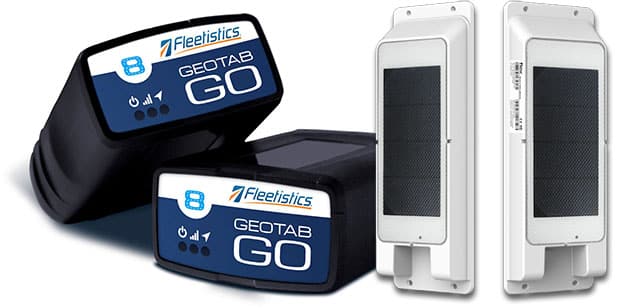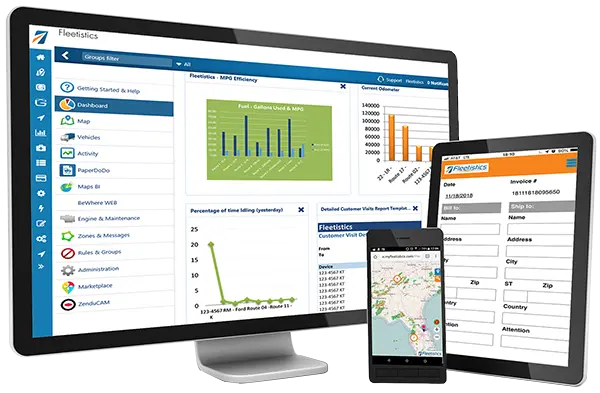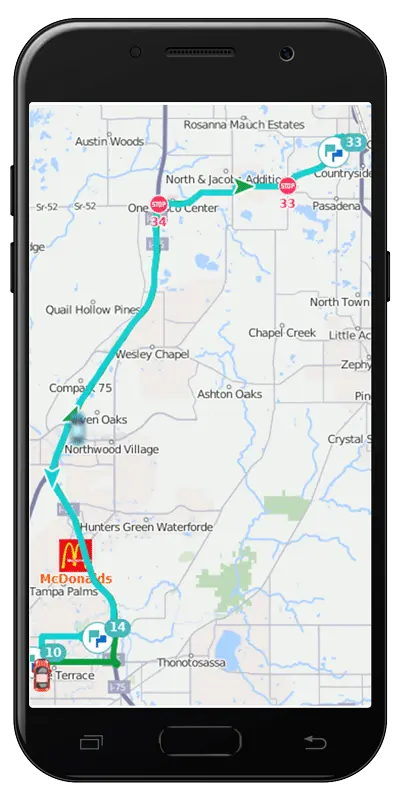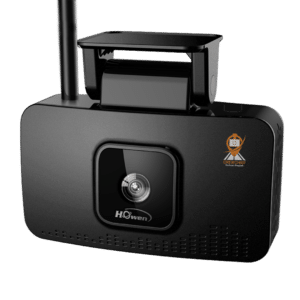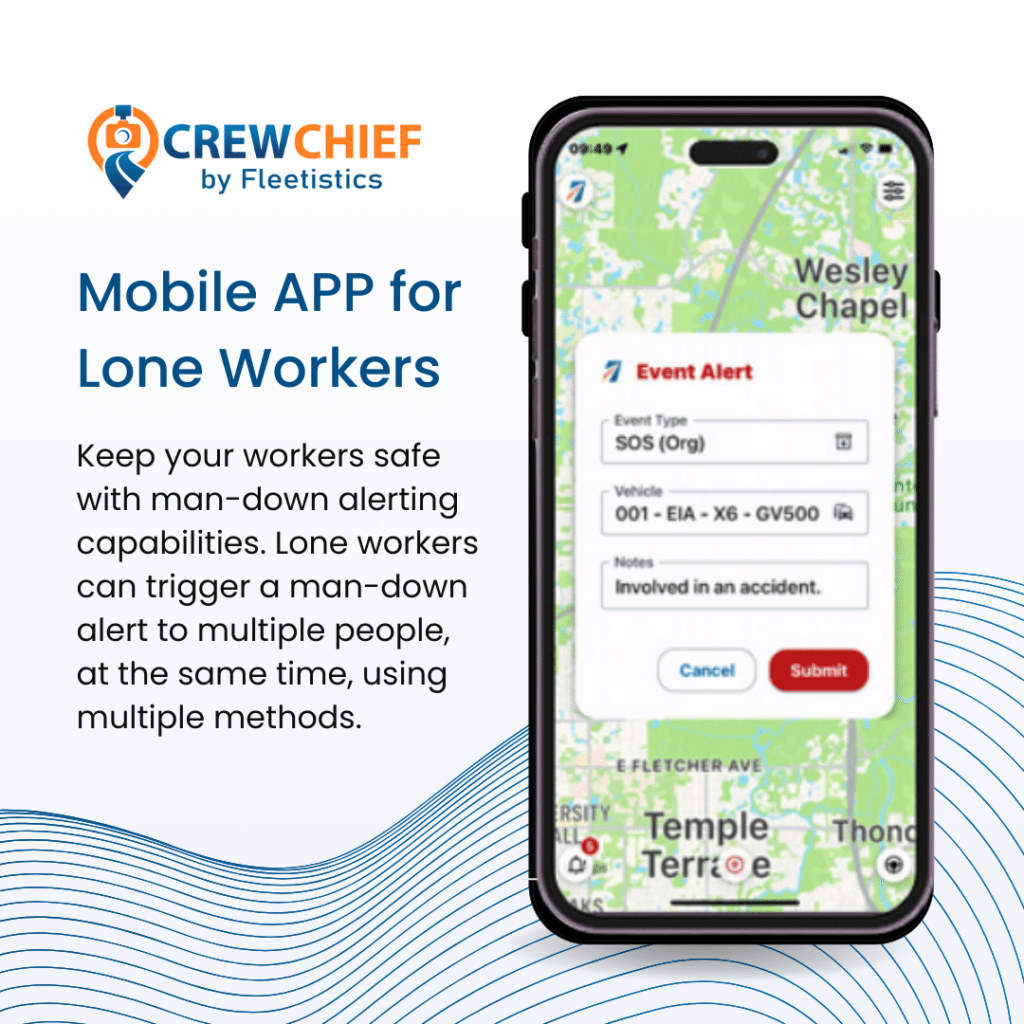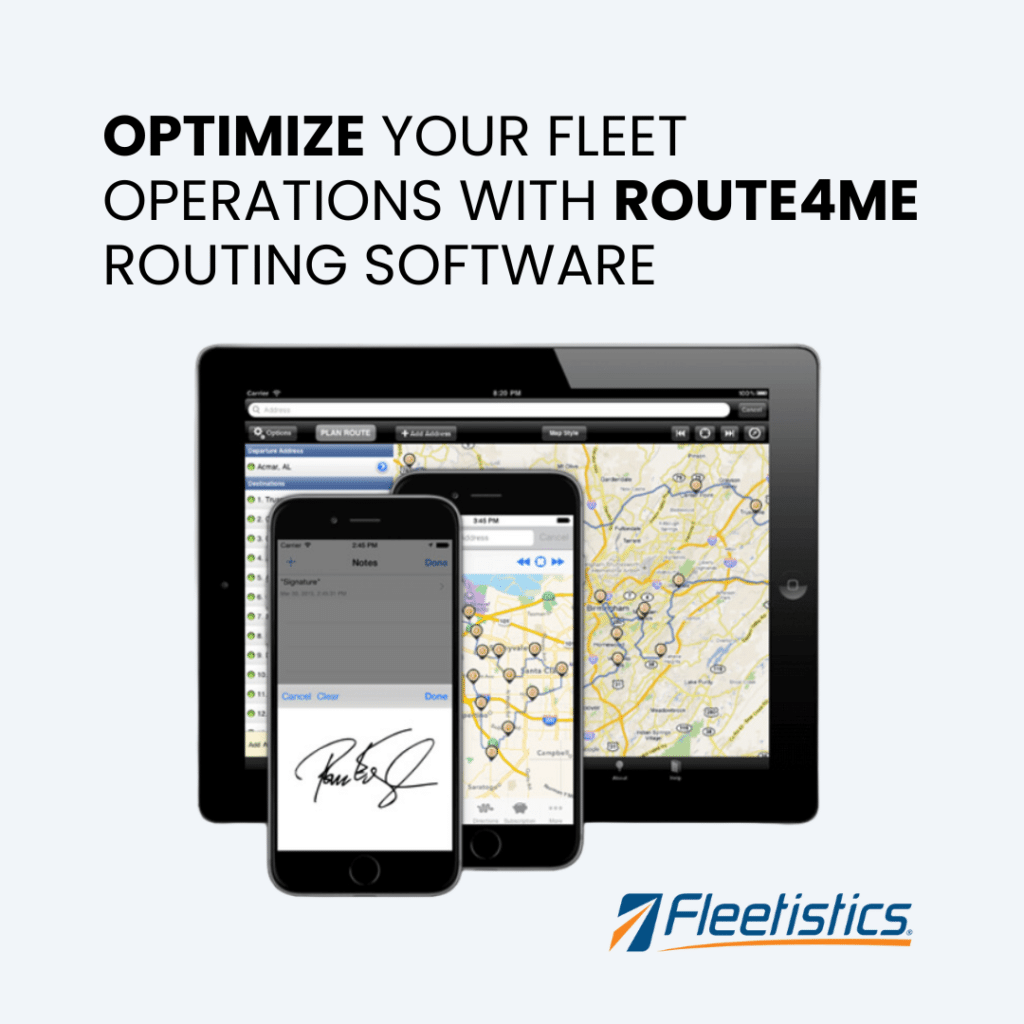Selecting an asset tracker is an important decision.
Therefore taking the time to define your requirements is critical to getting it right the first time. Once an asset tracker is deployed it is difficult and expensive to service or replace when unforeseen issues arise. Clearly defining your top priorities prevents costly mistakes. In contrast many cool features are tempting to pursue, but sticking to the core functionality you require results in better decision making.
Available Networks for Asset Trackers
First of all, choose the appropriate communications network. Satellite communication is more expensive but works in remote areas. Cellular communication allows for more data and is less expensive, but may not work in remote areas. This one variable cuts the number of available devices and solutions to consider in half. Where cell service is not available, satellite tracking is the only reliable way to go.
Power Options for Asset Trackers
Next, determine how you will power the asset tracker. There are three primary choices but some systems offer a combination. You can connect to the asset’s power source, use battery powered devices, or solar powered devices that are recharging whenever exposed to light. Battery powered devices are available in rechargeable or replaceable battery models. The best power option is determined by many variables. Here are a few good questions to consider.
- Do the assets often sit idle and unpowered?
- How frequently are they moved?
- Are the assets difficult to get to?
Solar devices are excellent choices when long life and low maintenance are concerns. Rechargeable devices work well for assets that are tended and moved frequently. In contrast, hard-wired devices are an excellent choice for yellow steel.
Purpose – What Data is Needed?
Finally, consider the amount and type of data needed to meet your asset tracking goals. Ultimately your return on investment depends upon getting the right data. While construction equipment often warrants a GPS device that updates more often when in motion than when idle, trailers scattered across the country can be managed with a single daily location update. Understanding how the asset tracker reports is key to meeting your goals.
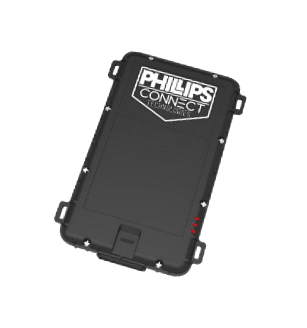
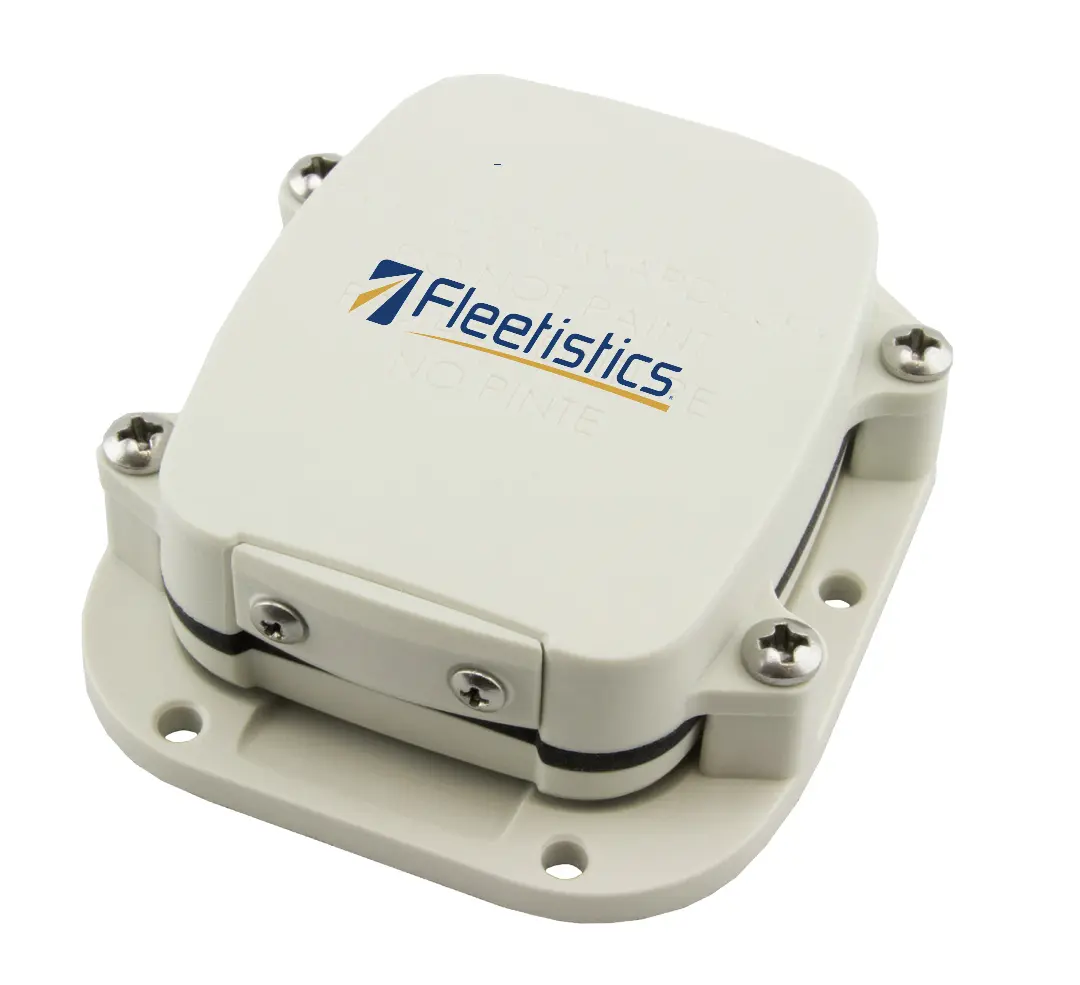
Conclusion:
There are a few other decisions to make, but these will become more obvious as you narrow down the choices for asset trackers. Weather resistance, ease of installation, availabilty of replacement batteries, and PTO monitoring capability are factors to consider. Creating a spreadsheet to document the variables for each asset tracer you are considering is very helpful. Follow the process, and in the end the decision will be clear.

